Adventurous eaters may try some truly unique and bizarre dishes, including some that are potentially dangerous. Additionally, some common foods can make you sick if you eat the wrong part, prepare them improperly, or have an allergy. Let’s explore ten of the world’s most dangerous foods.
1. Cherries
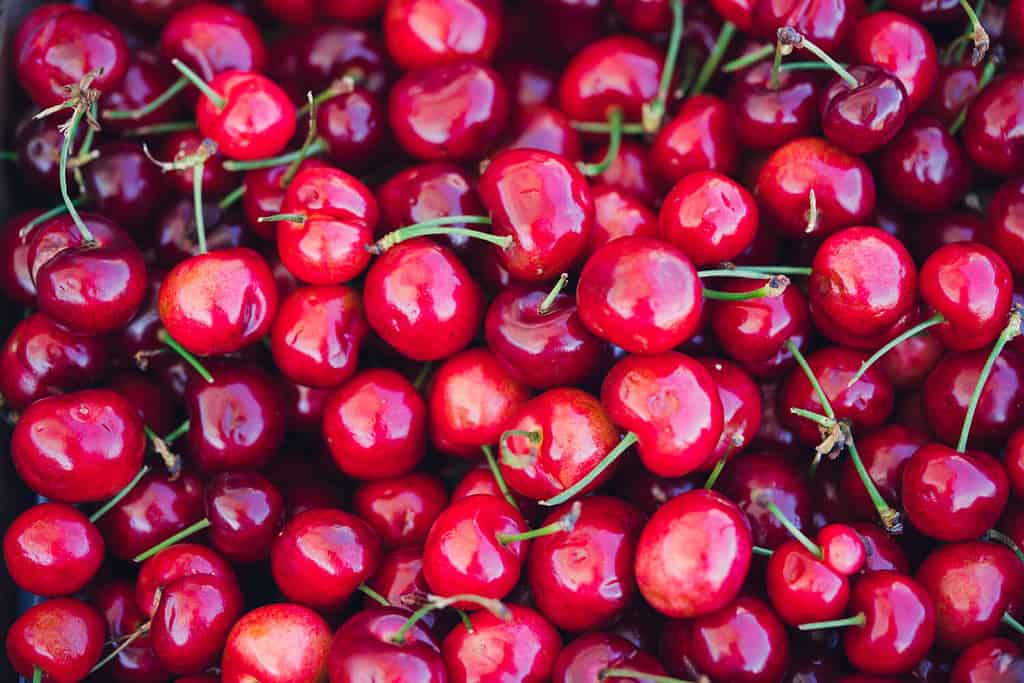
Cherry pits are a choking hazard and can potentially cause cyanide poisoning.
©veeterzy/Shutterstock.com
Believe it or not, several common foods that we eat, such as almonds and spinach, contain low levels of cyanide. The cyanide in these two foods is low enough to not cause poisoning in humans, so they are safe to eat.
However, you might not know that cyanide can also be found in cherry pits. Accidentally swallowing one cherry pit likely won’t hurt you. According to Healthline, the pit should pass harmlessly through your system.
On the other hand, chewing the pits produces and releases hydrogen cyanide, and eating several this way can cause symptoms such as headaches, seizures, and difficulty breathing. Additionally, cherry pits can be a choking hazard, making cherries a potentially dangerous food.
2. Peanuts

Peanuts are one of the most common causes of allergy-related food deaths.
©iStock.com/White Bear Studio
The majority of the world can enjoy peanuts without any problems. However, a significant percentage of people have a serious allergy to these common nuts. Severe peanut allergy is one of the most dangerous allergies in the world and it is unlikely to be outgrown.
A paper from the National Library of Medicine estimates that peanut allergy affects approximately 2% of the general population of Western nations. Symptoms of this allergy may include hives, wheezing, shortness of breath, dizziness, and tightening of the throat.
3. Sannakji

Sannakji can pose a potentially fatal choking hazard.
©photohwan/Shutterstock.com
You may have seen viral videos of people consuming “live” octopus. However, consuming Sannakji doesn’t typically involve eating a live animal. This dish is made from a small octopus species called nakji. The octopus is killed and its tentacles are cut into pieces and served with sesame oil and toasted sesame seeds.
Due to the octopus’ complex nervous system, the tentacles may move about on the plate even after the creature is dead. This creates a food that is a dangerous and potentially fatal choking hazard. It is reported that several people a year die from eating Sannakji.
4. Casu Marzu

The sheep’s milk cheese casu marzu is fermented with live maggots.
©Gengis90/Shutterstock.com
Casu marzu is listed as the world’s most dangerous cheese in the Guinness Book of World Records. This Sardinian sheep milk cheese is created by introducing live maggots into the fermentation process. The result is a pungent and intense cheese.
It’s worth noting that casu marzu is supposed to be eaten while the maggots are still alive. While there are no reports of anyone dying from casu marzu, the cheese is outlawed in many countries. Nausea, vomiting, and diarrhea can occur from consuming casu marzu, although many people have tried it without any problems.
5. Blood Clams

In 1988, blood clams were responsible for an outbreak of Hepatitis A in Shanghai.
©Dark Caramel/Shutterstock.com
Blood clams have a menacing name and there’s a good reason this product is banned in many countries. The species of ark clam gets its name from the red hemoglobin liquid inside the soft tissues.
Blood clams can be served steamed, boiled, roasted, or raw and are said to have a crisp and succulent taste. However, blood clams have been responsible for Hepatitis A outbreaks, such as the one in Shanghai in 1988.
6. Mushrooms
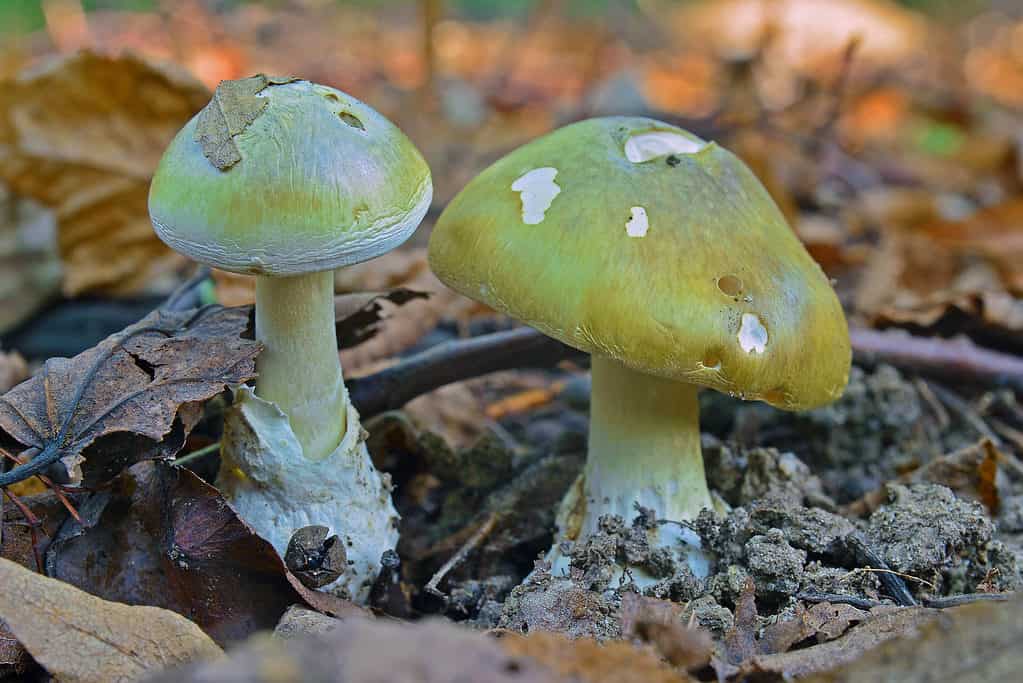
Consuming death cap mushrooms can lead to death.
©iStock.com/empire331
We’re used to finding mushrooms in a number of dishes, but choosing the wrong fungi or preparing them improperly can be disastrous. Consumption of certain fungi, such as the death cap mushroom (Amanita phalloides) can lead to fatality.
Even commonly consumed mushrooms can become dangerous foods. For example, the Center for Disease Control (CDC), issued a warning linking a listeria outbreak to consumption of enoki mushrooms in 2023. All mushrooms should be properly cleaned and cooked to avoid illness.
7. Ackee

Consuming unripe ackee can lead to “Jamaican vomiting sickness.”
©Sevenstock Studio/Shutterstock.com
Ackee is a fruit that belongs to the same family as lychee and logans. The fruit has a delicate and nutty flavor with a hint of sweetness.
However, according to the National Institute of Health eating unripe ackee fruit can result in a syndrome known as “Jamaican vomiting sickness.” Symptoms can range from vomiting to seizures, hypothermia, coma, and even death.
8. Rhubarb
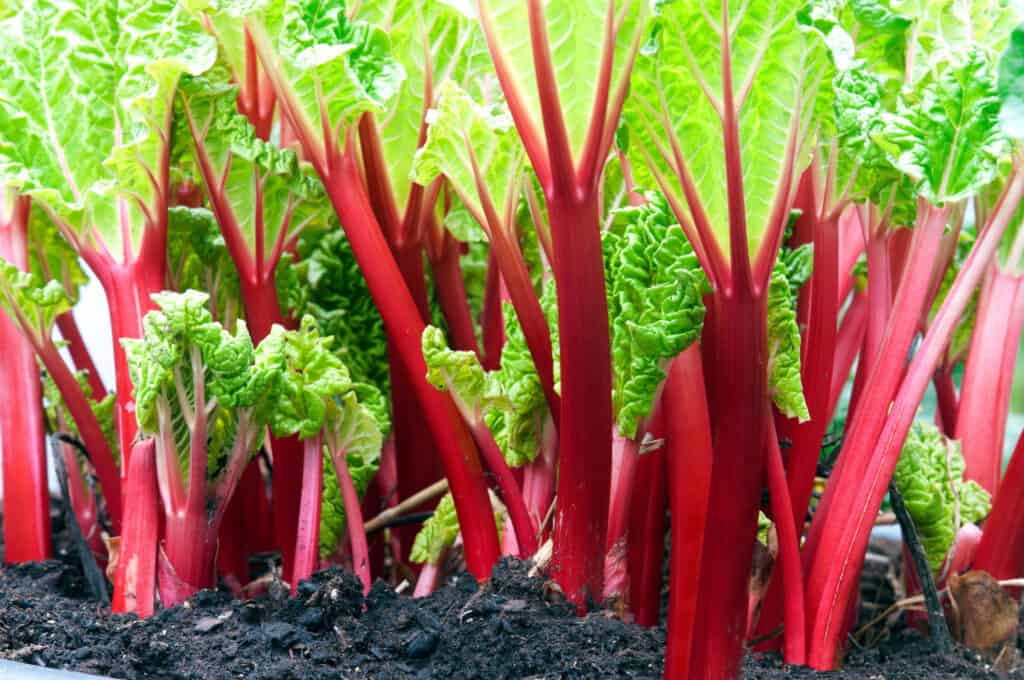
The leafy part of the rhubarb plant contains a lethal toxin known as oxalic acid.
©HVPMdev/Shutterstock.com
Rhubarb is a plant with bright pink stalks and green leaves. The stalks are often used to make jams, pies, cakes, and cookies. However, rhubarb leaves should never be consumed. According to How Stuff Works, this part of the vegetable contains a lethal toxin known as oxalic acid which can cause nausea, vomiting, or even death.
9. Kidney Beans
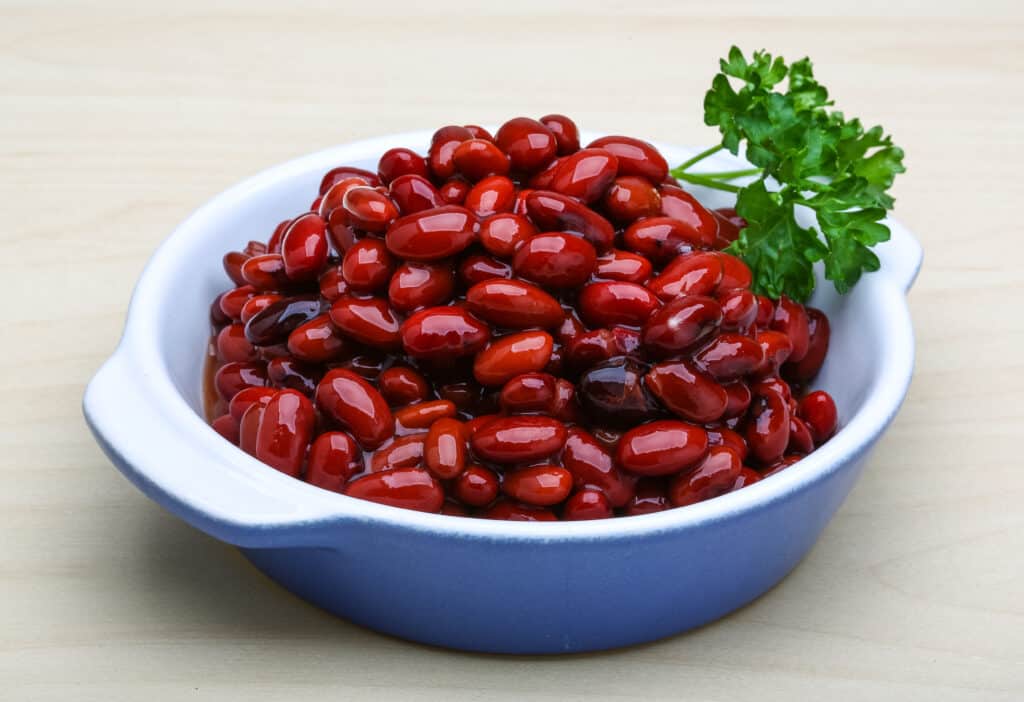
Eating raw kidney beans can cause unpleasant symptoms.
©Andrey Starostin/Shutterstock.com
Kidney beans are a very healthy food, with plenty of fiber and plant-based protein. However, you should never eat kidney beans raw. The FDA’s Bad Bug Book warns that raw red kidney beans contain toxic levels of lectin, which can cause symptoms such as vomiting, nausea, and diarrhea.
10. Fugu
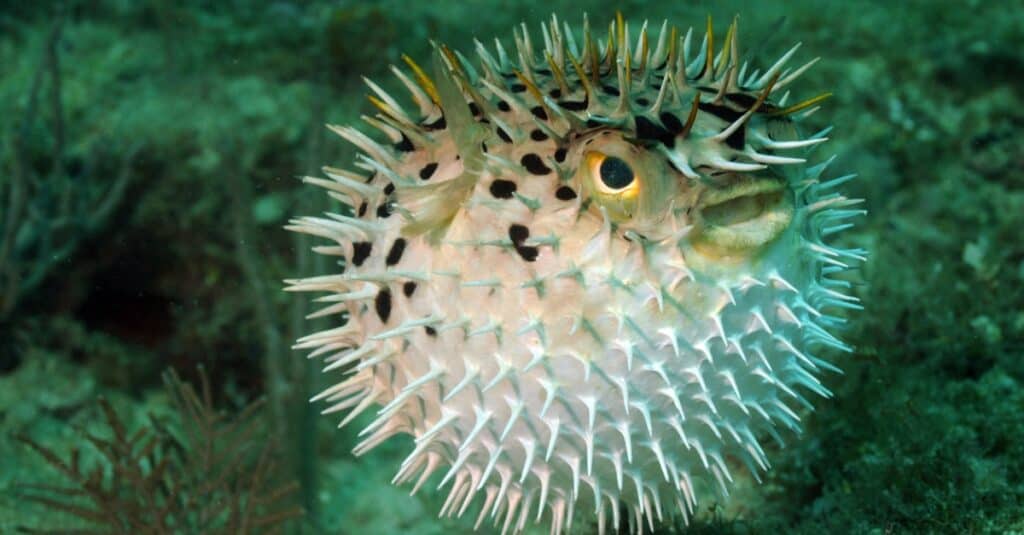
Pufferfish
meat is used to create a delicious and dangerous dish called fugu.
©iStock.com/FtLaudGirl
Fugu is the Japanese name for a dish prepared from pufferfish. These animals might not look like much when they aren’t “puffed out” but their spines and spikes carry an extremely dangerous toxin called tetrodotoxin (TTX).
Pufferfish contain more than enough TTX to kill a human. To make matters worse, there is no known antidote for fugu poison. A few deaths per year typically occur from fugu poisoning worldwide. So how (and why) do people eat fugu?
The preparation of this dish requires extensive training and knowledge. Chefs must carefully remove the parts of the fish carrying deadly toxins such as the skin, intestines, and liver, according to the Kobe Jones blog.
The fish can then be prepared. It is often eaten as raw sashimi and is said to have an umami flavor that is delicate, gelatinous, and delicious.
Summary of the 10 Most Dangerous Foods in the World
| Food | Reason It’s Dangerous |
|---|---|
| Cherries | Pits contain hydrogen cyanide |
| Peanuts | Most common causes of allergy-related food deaths |
| Sannakji | Choking hazard |
| Casu Marzu | Cheese fermented with live maggots |
| Blood clams | Hepatitis A, typhoid, dysentery |
| Mushrooms | Dangerous varieties such as the death cap mushroom; Listeria associated with some varieties |
| Ackee | Unripe ackee can lead to “Jamaican vomiting sickness” |
| Rhubarb | Leafy part contains oxalic acid |
| Kidney beans | Toxic levels of lectin in raw beans |
| Fugu | TTX poisoning |
The photo featured at the top of this post is © iStock.com/Igor Kramar
Thank you for reading! Have some feedback for us? Contact the AZ Animals editorial team.







